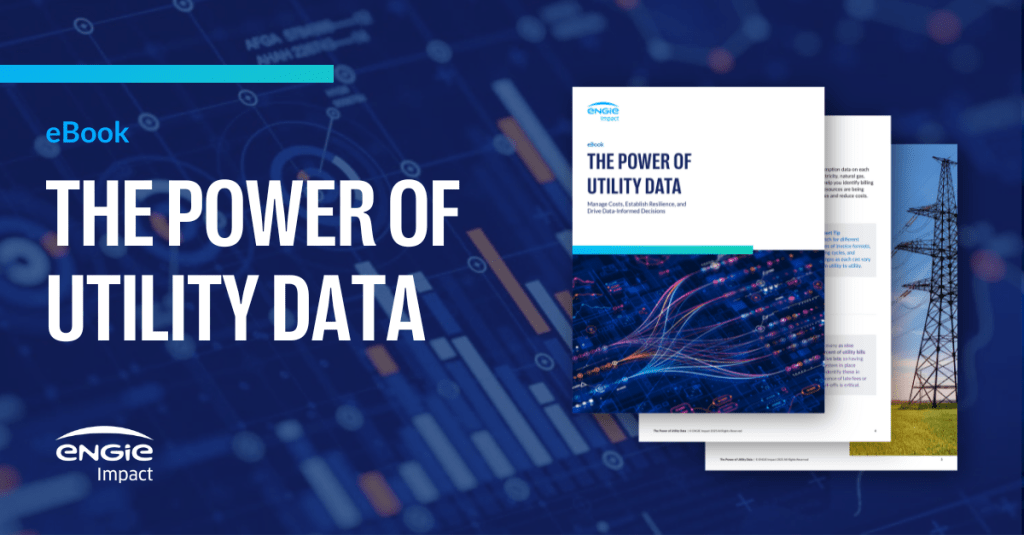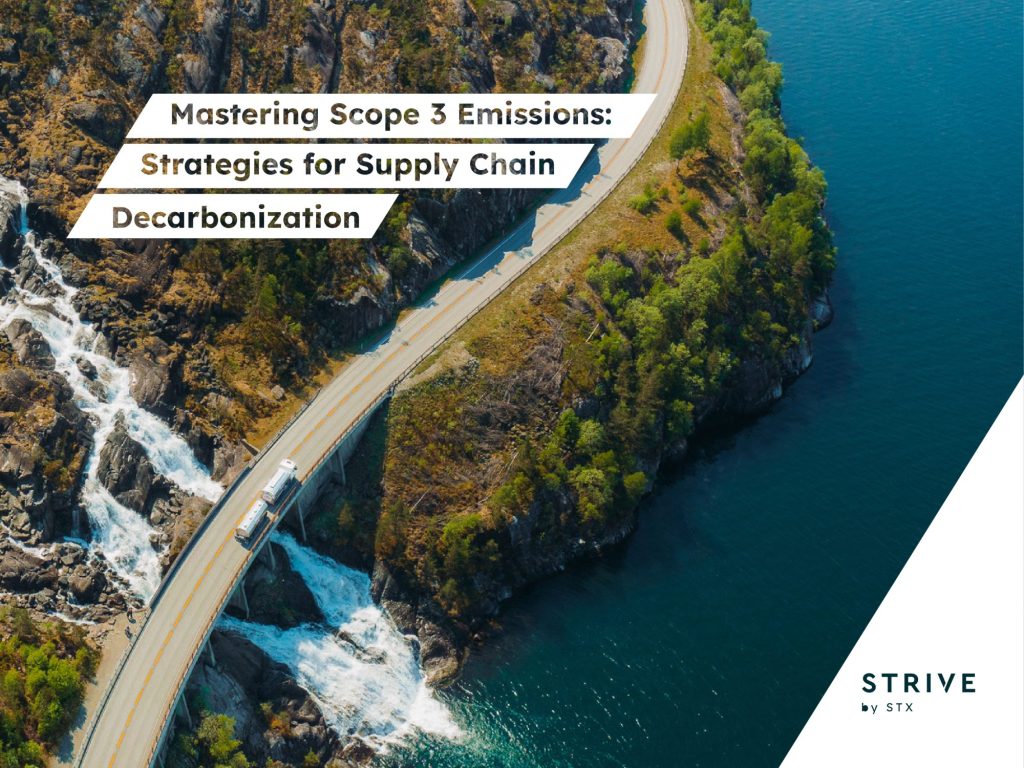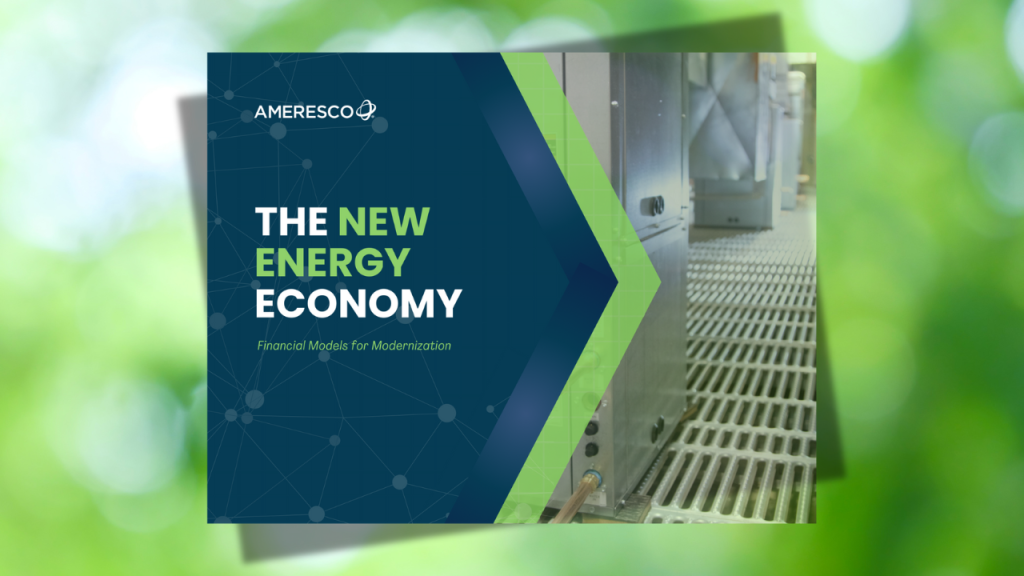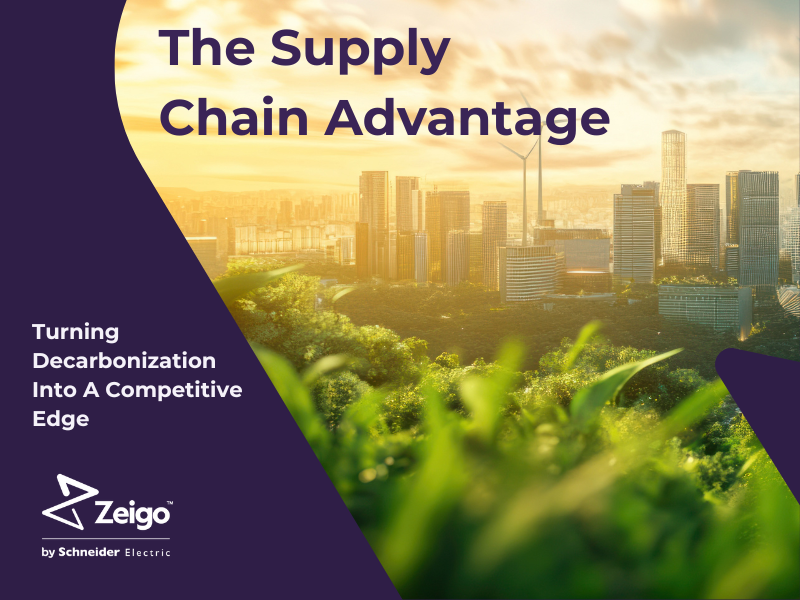Demand and deadlines: The urgency of clean energy investment
Even post-OBBB, companies must act on clean energy and efficiency—without tax credits, they can still cut costs and boost resilience. Read More

It’s been just over 60 days since the passage of the “One Big Beautiful Bill” (OBBB), which means the grace period to break ground on most new clean energy projects is over. OBBB dramatically accelerates the phase-out of clean energy Investment Tax Credits (ITCs), making it imperative to act on any remaining opportunities for solar and energy-efficiency projects within a tight 12- or 24-month countdown. Notwithstanding, there are still opportunities for companies to capitalize on, representing hundreds of millions in tax incentives and ROI.
America’s surging demand for energy to feed data centers, AI and electrification in all sectors simply cannot be met by fossil fuels alone, nor can it be delivered on America’s outdated grid. These compounding challenges represent a vulnerability that warrants urgent attention. OBBB has reshaped the clean energy landscape, but green energy and grid modernization are still essential to business growth. Some companies, like T-Mobile, see the clear connection between climate leadership and sound energy strategy.
OBBB’s deadline dynamics
When the OBBB window closed, many executives assumed their chance to capture clean energy benefits was gone. The reality is more nuanced.
The key takeaway is strategic prioritization. If you haven’t started engineering work on your clean energy projects, it’s likely too late to qualify for remaining credits. However, projects with completed engineering should be pushed forward immediately. Next in line are efficiency upgrades, which often deliver faster paybacks and simpler execution. Only after those should companies turn to new projects still in the concept phase.
In this volatile policy environment, waiting almost always incurs additional costs. Tax credits have diminished while the cost of retail power steeply rises, but there are opportunities to cut costs. For example, for companies with facilities in regions where utility rates are already high, efficiency is the new focus area for investment. Even without subsidies, efficiency upgrades and solar can still deliver positive cash flow, and as rates rise elsewhere, those gains will expand.
Grid pressure and business continuity
Before OBBB, most executives accepted grid instability as a cost of doing business, an uncontrollable factor they simply absorbed. That mindset is no longer viable. Case in point: AI consumes multiple times the energy of a simple web search with each query, which in turn forces data centers to expand capacity and increase consumption — all while our combined energy usage is running through a rickety grid built in the 1950s.
At the same time, distributed solar — one of the most effective tools for offsetting instability — has lost its immediate advantage without tax credits. We’re boxed in: Demand is rising, costs are rising, the grid is deteriorating, and ITCs are disappearing.
The way out is up. Companies that treat energy as a strategic asset, rather than just a line-item expense, will be better positioned to outsmart volatility.
T-Mobile outsmarts volatility
One of the strongest examples of climate leadership I’ve seen comes from T-Mobile. Long before ITC uncertainty, they moved forward on major solar projects in partnership with Redaptive. Many companies hesitated, waiting for costs to decline or incentives to stabilize — which, unfortunately, was the wrong choice. Instead, with ITC no longer available, costs have increased, leaving those who delayed with fewer options and higher bills.
T-Mobile’s approach illustrates three key lessons. First, resilience: By acting early, it secured energy resources that reduced its exposure to grid instability. Second, ROI: The economics of its projects pencil out positively because it didn’t wait for subsidies to dictate timing. And third, climate leadership: It proved that a proactive stance on clean energy not only strengthens operations but also sends a powerful market signal.
At Redaptive, we see our role as the bridge, helping customers such as T-Mobile make bold, timely moves that pay off in both the short and long term.
Financial rationale for accelerated action
Removing ITCs puts your company’s energy future between a rock and a hard place. Rising utility rates, compressed project timelines and surging demand from data centers, AI and electrification all underscore the value of investing in efficiency and resilience. But there are still ways to cut costs, specifically through efficiency upgrades and solar, that secure savings, shield operations from volatility, and demonstrate leadership in a time of uncertainty.
Just as no company would leave its data unprotected, no company can leave its energy future to chance. In a post-OBBB reality, the financial rationale for action is straightforward: The longer you wait, the higher your costs will climb. By making smart, accelerated investments in clean energy and efficiency, you protect your bottom line — and set the standard for a more resilient, sustainable economy. That is a legacy worth building now.

Subscribe to Trellis Briefing
Featured Reports

The Premier Event for Sustainable Business Leaders
















